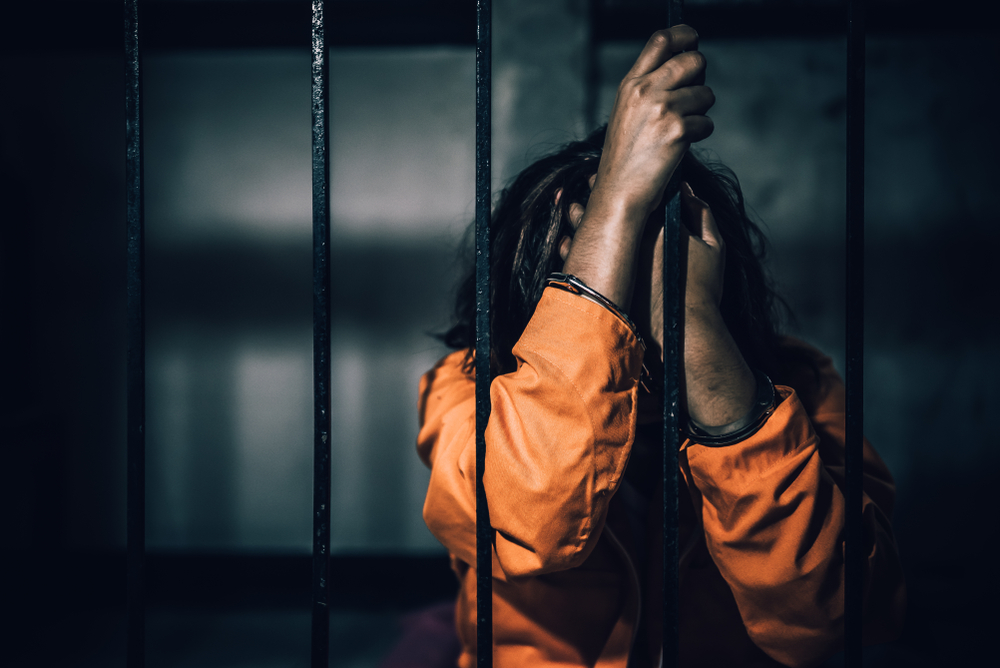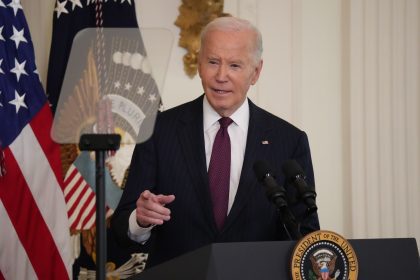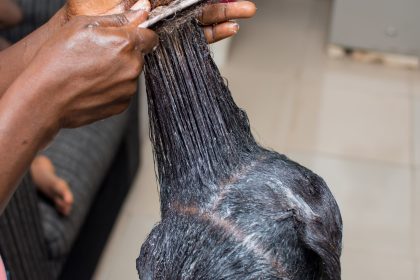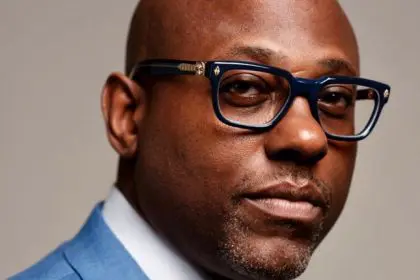A federal judge’s ruling has temporarily prevented the transfer of three transgender women from women’s facilities to men’s prisons, marking a pivotal moment in the ongoing debate over transgender rights in the criminal justice system. The decision also maintains their access to essential hormone therapy, challenging a recent executive order that aimed to restrict such medical care.
The court’s decision
U.S. District Judge Royce Lamberth issued a temporary restraining order from his Washington, D.C. courtroom, effectively halting the implementation of the executive order for the three plaintiffs. The ruling comes at a critical time when questions about gender identity and correctional facility placement have reached national attention.
Understanding the executive order
The executive order, signed on January 20, 2021, directs the federal Bureau of Prisons to ensure that individuals are housed based on their sex assigned at birth rather than their gender identity. The directive specifically mandates that “males are not detained in women’s prisons” and restricts the use of federal funds for gender-affirming medical care within the prison system.
Life-changing implications
For the three women at the center of this case, the stakes couldn’t be higher. Their attorneys presented evidence demonstrating the serious risks they would face if transferred to men’s facilities. These concerns aren’t theoretical – studies have consistently shown that transgender individuals face disproportionate rates of violence and abuse when housed in facilities that don’t align with their gender identity.
Medical care considerations
The ruling’s protection of hormone therapy access represents another crucial aspect of the case. Gender-affirming care, including hormone therapy, is recognized by major medical associations as essential treatment for gender dysphoria. Discontinuing such care can lead to severe physical and psychological consequences.
Inside the legal arguments
The plaintiffs’ legal team, which includes attorneys from the National Center for Lesbian Rights and GLBTQ Legal Advocates & Defenders, built their case on constitutional grounds. They argued that the executive order violates both equal protection rights and the Eighth Amendment’s prohibition on cruel and unusual punishment.
Bureau of prisons perspective
Justice Department representatives emphasized the discretionary power of prison officials in housing decisions. Attorney John Robinson noted that no medical care has been denied since the order’s signing, and the Bureau of Prisons hasn’t finalized transfer decisions for the plaintiffs.
Current prison demographics
The judge’s ruling revealed that approximately 16 transgender women currently reside in federal women’s facilities, including the three plaintiffs. This small number contradicts arguments about any significant impact on the overall prison population or operations.
Safety considerations
Research on transgender individuals in correctional facilities has consistently shown elevated risks when they are housed according to their sex assigned at birth rather than their gender identity. These risks include:
Physical assault Sexual violence Mental health deterioration Increased suicide risk Limited access to appropriate medical care
Policy implications
The temporary restraining order signals potential challenges for similar policies nationwide. Several states have attempted to implement comparable restrictions on transgender inmates, leading to ongoing legal battles and policy debates.
Looking forward
As this case progresses through the legal system, its outcome could establish important precedents for transgender rights in correctional facilities. The ruling highlights the complex intersection of civil rights, medical care, and prison administration.
National context
This case emerges amid broader discussions about transgender rights across various sectors of society. The treatment of transgender individuals in correctional facilities reflects larger debates about gender identity, medical care, and civil rights protections.
Medical community stance
Major medical organizations have emphasized the importance of continuing hormone therapy for transgender individuals, noting that involuntary discontinuation can lead to:
Severe depression Anxiety Physical health complications Increased risk of self-harm Deteriorating mental health
Civil rights perspective
Civil rights organizations view this case as part of a larger pattern of challenges facing transgender individuals in the criminal justice system. They argue that housing decisions should consider both safety needs and gender identity.
Administrative challenges
Correctional facilities face practical challenges in implementing policies that respect gender identity while maintaining security and addressing various needs within the prison population. These challenges require balanced solutions that protect all inmates’ rights and safety.
















